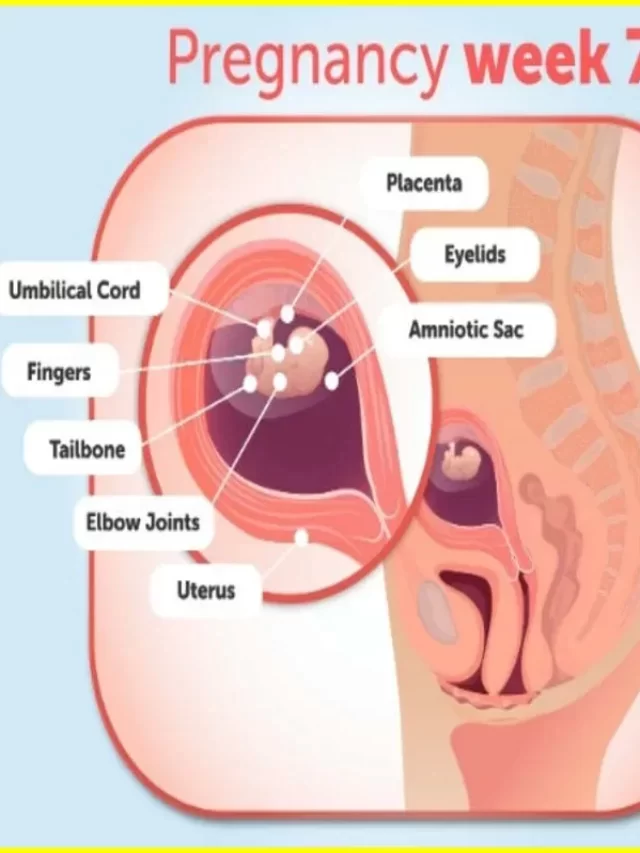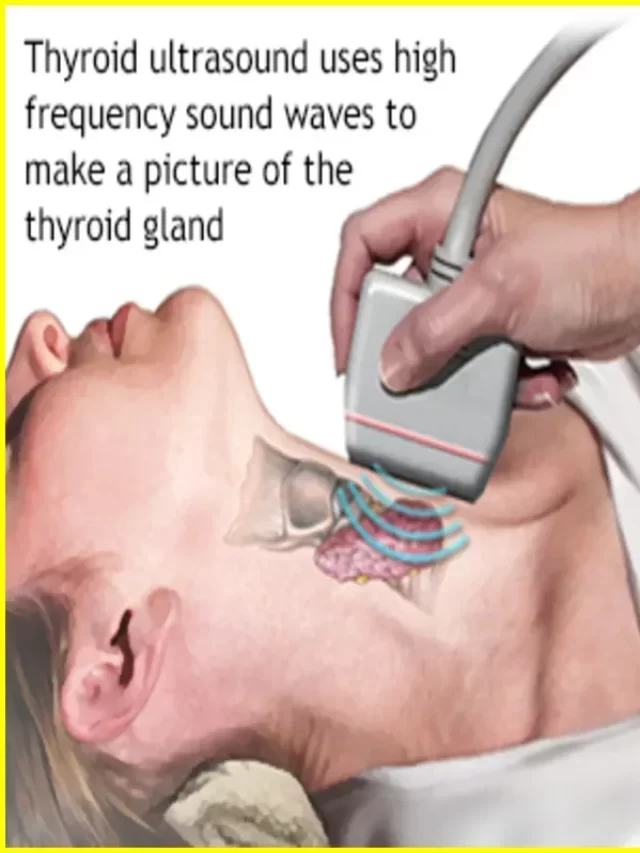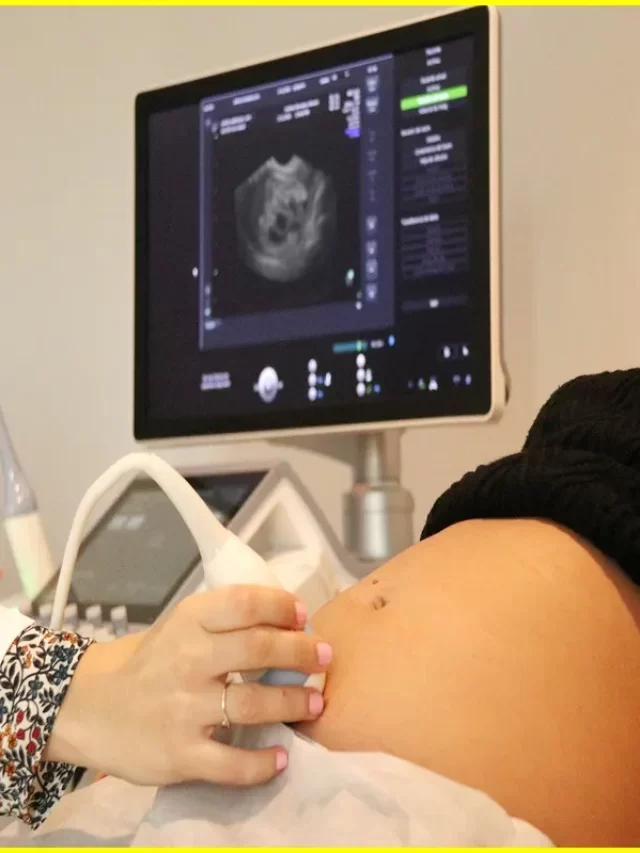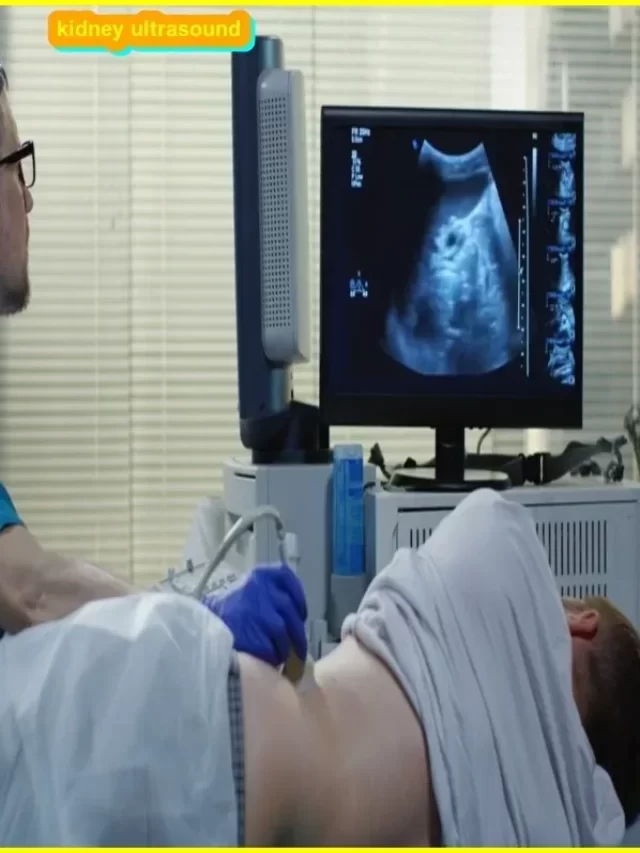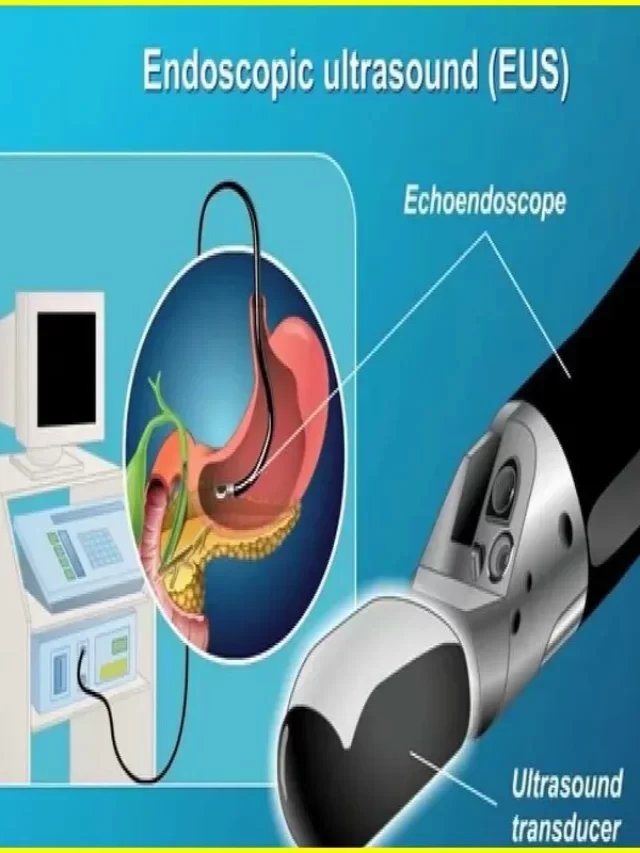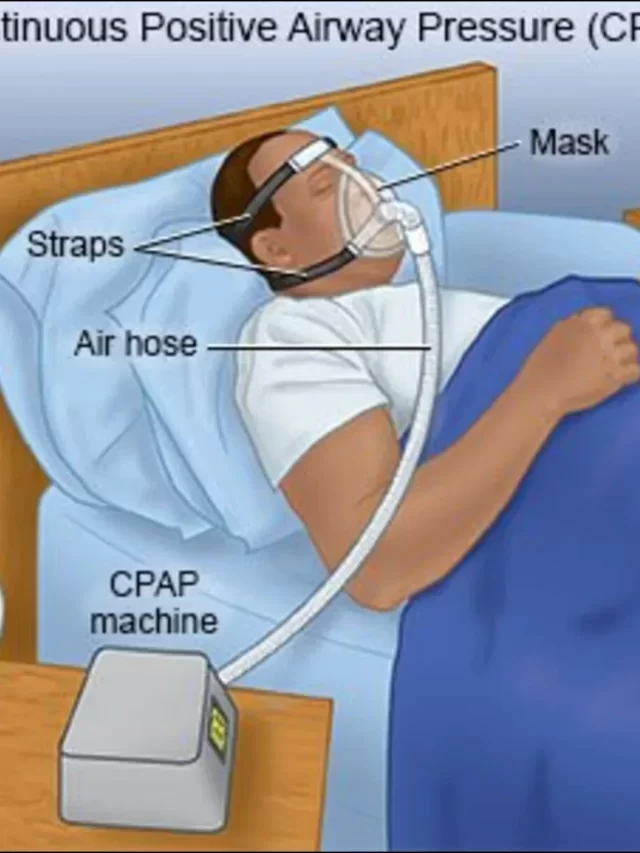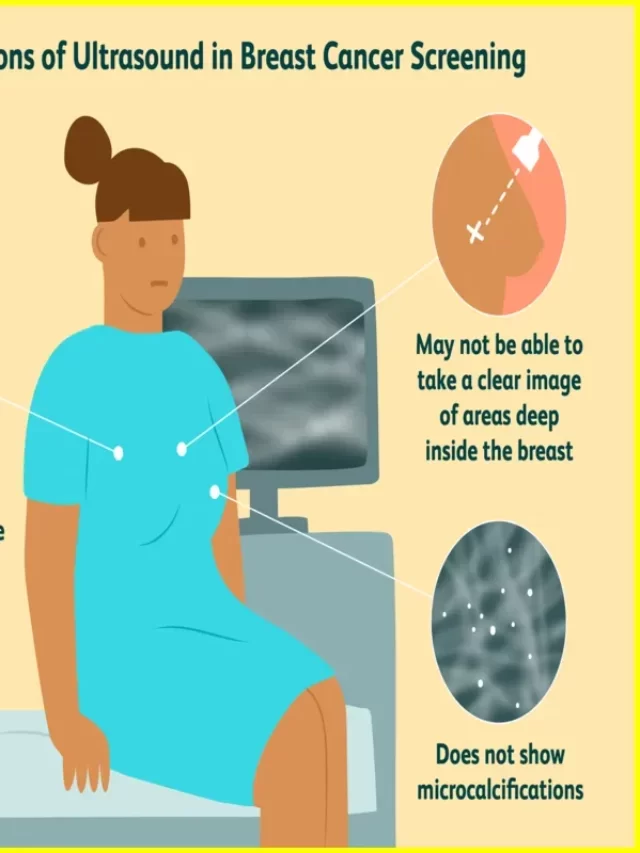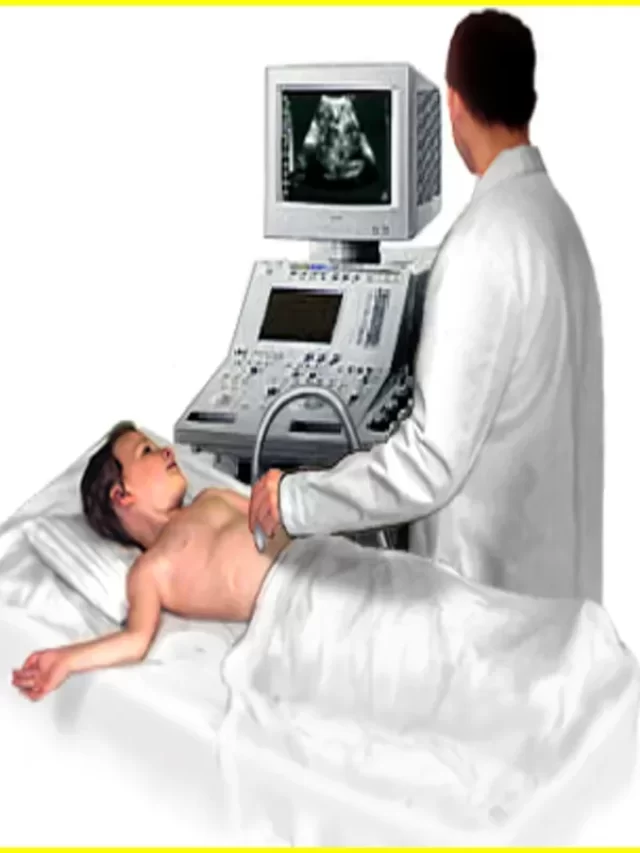CT Scan Vs MRI What’s the Difference
When it comes to getting diagnostic imaging done, you may be wondering what is the difference between ct scan vs mri. Both tests provide detailed images of your body, but they do so in different ways. A CT scan uses X-rays to produce cross-sectional images of your body, while an MRI uses magnetic fields and radio waves to create detailed 3D images. Each test has its own benefits and risks, so it’s important to discuss with your doctor which one is right for you. Read on to know more about the difference between ct scan vs mri.
CT Scan Vs MRI
While both CT scans and MRIs can provide detailed images of the inside of your body, they work differently. A CT scan uses X-rays to create cross-sectional images, while an MRI uses a magnetic field and radio waves to produce detailed 3D images.
There are benefits and risks associated with both procedures. CT scans are generally faster and more comfortable for patients, while MRIs provide more detail and do not use ionizing radiation. However, MRI can be more expensive and may not be available at all facilities.
Based on your individual situation, your doctor will recommend the best imaging procedure for you.
Computed tomography (CT) scanning – sometimes called CAT scanning – is a computerized X-ray procedure that creates a series of detailed pictures, or slices, of the body. It’s like taking multiple X-rays from different angles at once.
CT scans are increasingly used to diagnose certain diseases or to help plan other diagnostic tests or treatments. CT scans can be used to view almost any part of the body, including the brain, spine, chest, abdomen, and pelvis. They are especially useful in looking for abnormalities in the brain, lungs, heart, and abdomen.
Magnetic resonance imaging (MRI) uses a powerful magnetic field, radio waves, and a computer to create detailed pictures of organs and structures inside your body. MRI does not use ionizing radiation (as is used in X-rays), making it generally considered safe during pregnancy.
MRI is very useful for examining the brain and spinal cord because it can show even very small changes in tissue. It does not use radiation like X-rays or computed tomography (CT).
Some medical equipment may not work properly due to the strong magnetic field. Be sure to tell your doctor if you have any metal implants or anything else.
Article About:- Health & fitness
Article About:- Medical Technology
Article About:- IR News
Article About:- Sports

CT Scan Vs MRI Cost
There is no simple answer when it comes to the cost of CT scan vs MRI. The price tag for each test will vary depending on the facility, your location, and your insurance coverage. That said, MRI scans tend to be more expensive than CT scans.
A recent study found that the average cost of an MRI in the United States is approximately $2,61,100. The average cost of a CT scan is around $114,000. It is important to note that these are only averages and the actual cost of any test may be higher or lower depending on the factors mentioned above.
So, what exactly accounts for the difference in price? One reason why MRIs are more expensive is that they typically take longer to perform than CT scans. Additionally, MRI requires specialized equipment that can be expensive to maintain.
CT Scan vs MRI for Abdomen
If you’re experiencing abdominal pain, your doctor may order a CT scan or MRI to help determine the cause. But what is the difference between these two tests?
A CT scan uses X-rays to create detailed images of the inside of your body. An MRI uses a magnetic field and radio waves to create detailed images of the inside of your body.
Both tests are painless and usually take 30-60 minutes. You may need to stay still for part of the test, but you can usually go home afterwards.
There are some risks associated with both tests. CT scans expose you to small amounts of radiation, while MRIs use strong magnetic fields that can be harmful if you have certain medical devices in your body, such as a pacemaker.
Your doctor will decide which test is right for you, based on your symptoms and medical history.
PET Scan Vs CT Scan Vs MRI
Medical imaging is important for the diagnosis of many conditions, but there are a variety of imaging modalities to choose from. It can be confusing for patients, so it is important to understand the difference between ct scan vs mri and pet scan.
CT scan uses X-rays to produce detailed images of the body. They are often used to diagnose broken bones, tumors, or other abnormalities. CT scans can be done with or without contrast dye, which helps to highlight certain structures on the image.
MRIs use magnetic fields and radio waves to produce detailed images of the body. They are often used to diagnose diseases of the brain and nervous system, as well as tumors and other abnormalities. MRI can be done with or without contrast dye.
PET scans use radioactive tracers to produce images of the body’s cells. They are often used in the diagnosis and staging of cancer, as well as in evaluating the efficacy of cancer treatments. PET scans can also be used in brain imaging studies.
CT scan, MRI and PET scan all have their advantages and disadvantages. The best imaging modality for a particular patient will depend on the clinical question being asked.
CT Scan Vs MRI Brain
A CT scan uses X-rays to take cross-sectional images of your body, while an MRI uses powerful magnets and radio waves to create detailed images of your body.
So, what is the difference between CT scan and MRI?
CT scans are generally faster and easier to perform than MRI. They expose you to less radiation than an MRI. CT scans can be used to view many different types of tissue, including bone, muscle, fat, and blood vessels.
MRIs provide more detailed images than CT scans and can be used to view soft tissues that may be damaged or diseased. MRIs do not use ionizing radiation (like X-rays), so they are considered safer than CT scans. However, MRI can be more expensive than CT scan and may not be available in all areas.
If you need imaging for diagnosis or treatment, your doctor will order the test that will provide the most information with the least amount of risk.
CT Scan Vs MRI Vs PET Scan
If you’re wondering whether a CT scan, MRI, or PET scan is the right imaging test for you, this guide will help you understand the key differences between these three modalities.
CT Scans
A CT scan uses X-rays to create detailed cross-sectional images of your body. CT scans are quick and easy, and they don’t require you to be injected with contrast dye. However, CT scans expose you to more radiation than other types of imaging tests.
MRI Scans
An MRI uses magnetic fields and radio waves to create detailed images of your body. MRIs are painless and don’t involve exposure to radiation. However, they can be noisy, and some people may feel claustrophobic during the exam.
PET Scans
A PET scan is a nuclear medicine exam that uses a small amount of radioactive tracer to produce images of your body. PET scans are useful for detecting cancer and other diseases. However, they involve exposure to radiation, and they’re not available at all hospitals.
Pros and Cons of CT Scan Vs MRI
There are a few key differences between CT scans and MRIs. CT scans use X-rays to produce images, while MRIs use strong magnets and radio waves. CT scans are better at detecting hard objects, such as bones, while MRIs are better at detecting soft tissue.
Benefits:
CT scans are quick and easy to perform, and can be done on an outpatient basis. They are also less expensive than MRIs.
Risks:
CT scans expose patients to small amounts of radiation. In some cases, contrast dye may be used, which can cause allergic reactions in some people.




